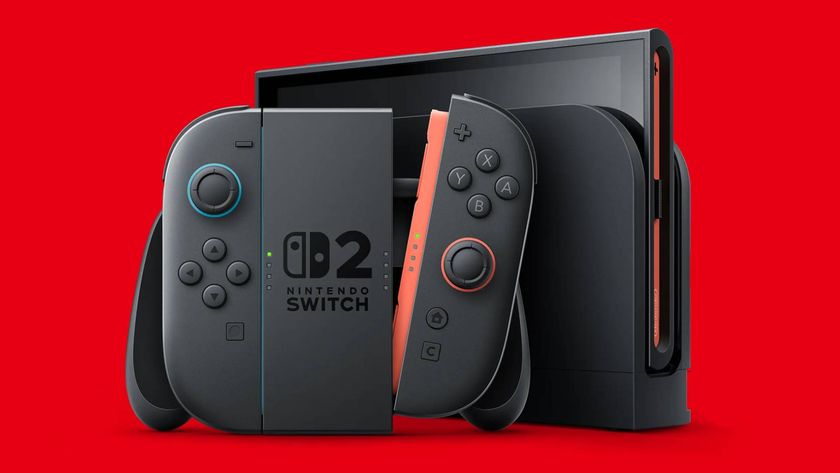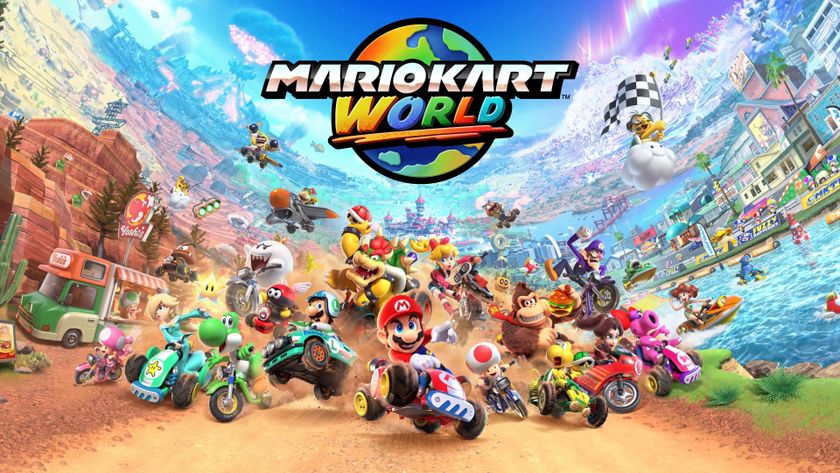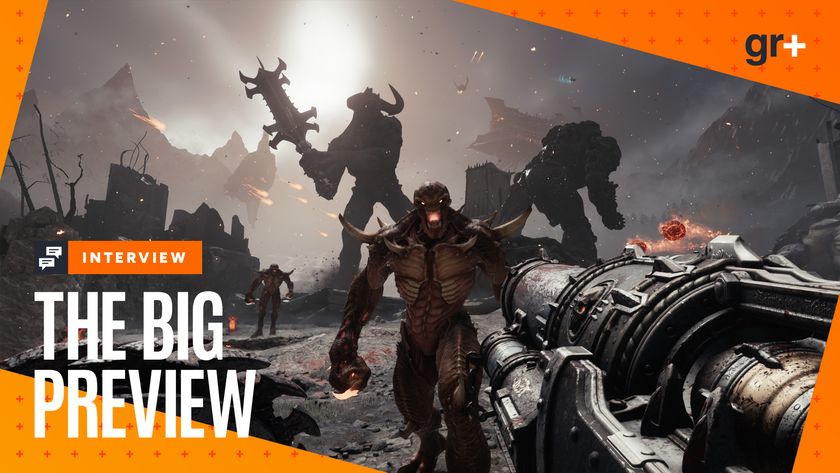Forget Pokemon and MTG, Star Wars: Unlimited may be the next big thing for trading card game fans
An exclusive first look at the design and gameplay powering this new TCG

With the arrival of Star Wars: Unlimited, it's starting to feel crowded in the world of trading card games. Magic: The Gathering and Pokemon have spent decades shoring up a reputation as some of the best in the business, and they've not left much breathing room for anyone else - particularly now that Disney Lorcana is muscling in on the scene as well. To complicate matters, Unlimited's surprise reveal (which didn't show off much more than key art and its title) raised plenty of questions. How does it work? What makes it different from other TCGs? And hey, don't we already have a Star Wars deckbuilding game from Fantasy Flight?
I managed to get some answers in an exclusive interview with product strategy director Jim Cartwright, and he dished out details on how Star Wars: Unlimited is going to work. To quote a certain dark lord of the Sith, what I heard was "a surprise - but a welcome one, to be sure."
Back to basics



When going up against some of the best card games around, there's a lot of pressure to stand out. But for Cartwright and the team at Fantasy Flight Games, it was important not to rely on gimmicks when doing so.
"Many times, [Fantasy Flight] has tried to disrupt what TCGs mean, or what card games mean. And I think that we wanted to lean into the idea of making a game that, instead of subverting expectations, really kind of leans into what fans want from a card game," he tells me. "We aren't trying to add complications, like dice, which have been [used in] a couple of the Star Wars card games that have existed in the market. We want to make a traditional deck-building experience in a way that, you know, some of the other games that we've done have not. We want to lean into those aspects. So it's really about, 'hey, here's a bunch of cards that you can collect, you can put together in the way that is most fun for you'. And then you get to play out your Star Wars toy box experience."

Although we'll get a more in-depth look at Star Wars: Unlimited gameplay in the run-up to its 2024 launch, we now have a better idea of how it'll operate. Much like Magic: The Gathering's 'Commander' mode, it has you build decks around a specific Leader card. Your units are then split into two distinct arenas - Ground and Space. (It wouldn't make sense for Chewbacca to face down a Star Destroyer, after all.) Leaders can affect any unit regardless of arena, and you're also able to deploy them as units themselves later in the game. So far, we've seen two Leaders in in the first set ('Spark of Rebellion'): Luke Skywalker and Darth Vader.
When combined with limited play having apparently been baked into its DNA from the beginning (something that Cartwright himself acknowledges is ironic considering the game's title), Star Wars: Unlimited is being positioned as the competitive TCG player's trading card game. Yes, it's still accessible and won't be difficult for newcomers to pick up. But it wears its love of classic drafting on its sleeve, something Cartwright calls "essential" to the experience.
Indeed, he says that the team spent a lot of time thinking about the medium's strengths and weaknesses "so that playing becomes intuitive, it becomes very much the game you want to play as opposed to like, 'oh, I really wish this mechanic did this instead.' And I'm sure we'll get some of that, of course, because everyone's tastes differ. But for the most part, philosophically, we wanted to lean into the things that, when you looked at [the mechanics], you went, well, that's what I want to do."
Playing to strengths


The team's certainly got the credentials to create a classic TCG experience. Cartwright's been playing card games set in a galaxy far, far away since the mid '90s, and the same is true for many of his colleagues on Unlimited. Actually, they've been living and breathing this project for quite some time - since 2020. While it may feel like we're in a sudden TCG gold rush with Disney Lorcana and Unlimited bursting onto the scene, this isn't Fantasy Flight jumping on the bandwagon - it's taken time to really fine-tune the experience. In particular, Star Wars: Destiny (Fantasy Flight's now-retired first attempt at a Star Wars trading card game) has proven to be a big influence.
Sign up to the 12DOVE Newsletter
Weekly digests, tales from the communities you love, and more
"We really took inspiration from the back and forth action play that exists in that game," Cartwright says. "It really highlights the idea that, you know, you take a turn, or you take an action, then I'm immediately taking an action back. There's no waiting. I'm not waiting for you - I'm not gonna get coffee while you work your turn. We really wanted to keep people engaged constantly."

Following the recent launch of another Fantasy Flight Star Wars game, many have been wondering what sets them apart. For Cartwright, it's easy - Star Wars: The Deckbuilding Game has more in common with traditional board games. To be precise, it's a self-contained experience. Meanwhile, Unlimited will serve a very different audience thanks to its regular release schedule, large content drops, sealed drafting, and its position as a 'lifestyle' card game that keeps evolving over time.
However, that's not to say it's a re-do or copy-paste of what's come before. Leader cards that you build your deck around allow you to fine-tune that experience with their specific powers, and these strengths will encourage different approaches. Vader is ideal if you want to be aggressive and take the fight to your enemy, for instance; his special ability allows you to deal a free point of damage after playing a certain card.
They also dictate what you can field in terms of your deck, but not necessarily in the way you'd anticipate.
"So that gets into a little bit of deck building, which we're not quite ready to talk about too much. But I can say that the Leader will certainly influence what you put in your deck [and] the play style in which you are engaging with the game, but not in an incredibly restrictive way that you might expect from us in the past."
We wanted to lean into the idea of making a game that, instead of subverting expectations, really kind of leans into what fans want
Jim Cartwright
Does this mean we can mix eras - or even factions - together into a single deck? We don't know yet and Fantasy Flight isn't telling, but Unlimited's broader art-style (which allows live-action and animated characters to exist alongside one another without standing out like a sore thumb) would certainly support that. In addition, Cartwright says that the team "don't want to pigeonhole [themselves] exclusively in eras. I can't go too much into the details of what that exactly means, [but] there's a couple of different lenses you can take when looking at Star Wars and its continuity, so we are approaching the content in a way that takes advantage of those lenses in different ways."
While we'll have to wait and see what he means, it's an intriguing hook.
That's emblematic of Unlimited right now; all the questions I had have been replaced with a host of new ones. Something's clear, though. Because of the team's dedication to creating a celebration of trading card games, this will definitely be one to watch if you consider yourself a TCG fan.
For more tabletop coverage, be sure to check out these essential board games for adults, must-have board games for 2 players, and the best cooperative board games.

I've been writing about games in one form or another since 2012, and now manage 12DOVE's tabletop gaming and toy coverage. You'll find my grubby paws on everything from board game reviews to the latest Lego news.











